U.S. military V-22 Osprey tiltrotors will be restricted from their full range of flight operations until at least 2025, and at least one congressman is calling for full regrounding of the entire fleet. The head of a Pentagon program that is addressing safety concerns over the aircraft advised members of the House oversight hearing on the aircraft’s restrictions yesterday (June 12). The hearings address a series of crashes.
According to a Los Angeles Times report, Vice Admiral Carl Chebi, head of the U.S. Naval Air Systems Command, told the committee it will be six to nine months before his team will complete its safety and performance assessments of the V-22. He reported that, over the service life of the Osprey so far, 64 service members have died in air or ground accidents and another 93 have been injured. Twenty of the deaths occurred in four separate crashes in the last two years, and two of those accidents involved catastrophic material or mechanical failures not experienced previously. The V-22 entered service in 2007.
After the Osprey crash off the coast of Japan last November that killed eight, the entire fleet was fully grounded. Flight operations resumed on a limited basis in March. For example, V-22s have not been allowed to operate from aircraft carriers, among other operational limitations. Chebi told the committee that the cause of the November accident was something “we’d never seen before.”
Rep. Stephen Lynch, D-Mass., responded by calling for the V-22 fleet to stand down until its safety can be assured. He asked Chebi, “What do you think the consequences will be if we have another V-22 go down and we lose more brave Marines or airmen between now and the time? Your whole program’s done. It’s done. If another Osprey goes down, we’re done. This program’s done. So why don’t we ground this now?”


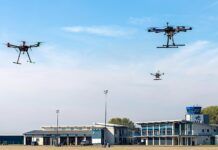

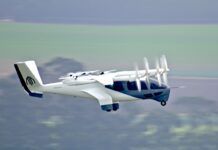
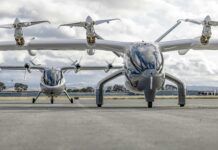







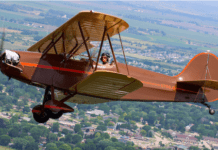

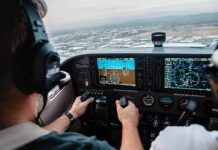


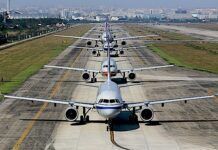
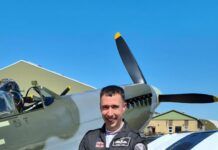













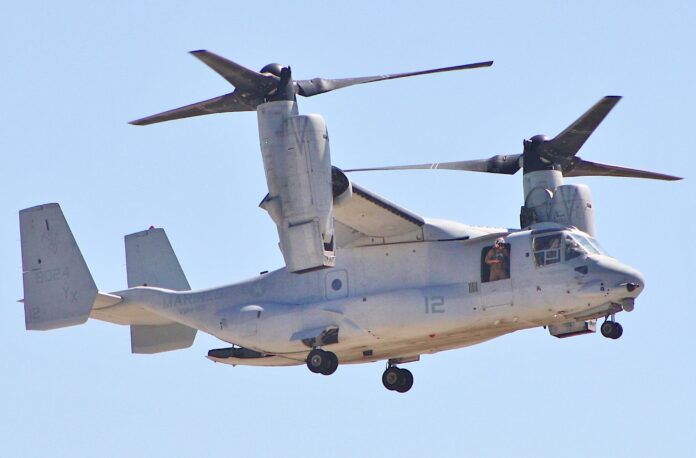

This is the correct assessment / decision and I’m glad to hear it. The V-22 never should have been used in ‘normal’ military service such as COD; it belongs only in SpecOps outfits and — even then — not for normal operations. It is the only military airplane that I would have refused to fly on.
Good call by rep. Steve Lynch.
The COD fleet is being transitioned from C-2s to CMV-22Bs. I’m wondering if this affects them.
C-2’s are back in service! This is a good article on the current situation.
https://breakingdefense.com/2024/02/with-ospreys-grounded-navy-surges-last-squadron-of-legacy-c-2a-greyhounds/
Agree, Larry. Given the historical and ongoing issues with the V-22 Osprey, the scrutiny it faces is well-founded.
I agree with Larry S. The Navy should have started on a fixed wing C-2 replacement years ago.
Why have an aircraft so complicated when you could have updated the 1950 Fairey Rotordyne?? Keep It Simple Stupid
There is a reason they won’t let the President fly on the V-22.
Many engineers know that the issues of the V22 – including the „catastrophic material or mechanical failures not experienced previously” – can directly or indirectly be traced back to the same, single rotor blade issue. The topic has been broadly discussed, e.g. at the forums of the Vertical Flight Society. The problem can be 100% eliminated by an upgrade of the rotor blades.
As the most advanced tiltrotor in the world, the V22 is important for the whole of aviation. Not just for the military. Now it is just passing a certain phase of development that is unavoidable for any other tiltrotor. You could bet if Bell stopped production, then – in no time – a brand new player would appear picking up the ball at the very same point where Bell would have dropped it.
Presently, the best thing you can do to save lives is speed up the rotor blade upgrade.
Isn’t this the aircraft the Marine Corp said they didn’t want, yet Congress bought the aircraft and forced them the take it?
Seem to remember the manufacturer spread manufacturing across a majority of states so a majority of congressmen could say they “added union manufacturing job to their district”. I think this has now become more common practice.
Let’s add gross inefficiency to the cost basis for a platform and rely on personal ambition in Congress for budget approval, even if the service branches don’t want the platform. Yikes!
Lockheed took the same approach with the F-35. Several attempts to kill that project were unsuccessful due to members of Congress fighting to save jobs in their home district. The end result is pretty much the same, but with a whole lot more expensive machine.
Fairey Rotodyne sounded too good to be true, and of course the money wasn’t there then…
but it sounds more viable today!
I see those slow cumbersome V-22s flying in and out of KPRB all the time due to training nearby at Camp Roberts (located north west of KPRB). My opinion is that the V-22 airplane is defenseless, slow, way too complex, and dangerous. The problems should have been sorted out (if possible) before being deployed.
Steve, Im on the other side of Salinas Valley from you KSNS and the V-22’s come in for fuel 3-4 times a week after practice in Hunter MOA. They are LOUD and cumbersome like you mentioned. Their sound signature gives them away for miles. In transition they look like sitting ducks thumping out their position on their blades.
64 dead service members just to keep union jobs afloat? That is absolutely criminal.
During the beginning of the V22 program I used to watch these things roll out of the hangar and precursor to flight. They would do run-up, full hi-speed ‘taxi’ then back to the hangar they’d go. Bell found the goose that laid the golden egg on this less than reliable engineering and design. They all need to go to the desert and live with other legends of by gones and great ideas that didn’t work. Good decision that the Navy will not allow op’s off thier ships. Modernize the Boeing CH-47 Chinook. (like giving Boeing another chance to screw something up too)
I was at Edwards AFB during the 70’s when NASA was test flying the XV-15. You wouldn’t have had to be a reliability engineer or aerodynamicist to figure out that it was an accident looking for a place to happen. And … reliability is directly proportional to the complexity of the vehicle. Helicopers are bad enough but at least there’s a reasonable chance that an autorotation will turn out OK. There’s a reason it took decades to bring this contraption online and operational albeit with a bad mission capable rate.
64 service members killed is tragic but needs context. What is the accident rate per flight hour? What are the casualties per passenger-mile? How do these statistics compare to other military and transport aircraft? I’ve heard about dangerous fighters from the 60s and 70s but those only put pilots at risk, not large numbers of troops.
My impression based on the reports I’ve read since it’s entered service is that it’s a very dangerous aircraft. I’ve certainly read more about Osprey crashes than C-130 and Chinook crashes. But without data, how do we know for sure?
It is certainly our most complicated aircraft. Bell had a hell of a time just getting it to fly. It can’t fly on a single rotor; it requires a complicated driveshaft and transmission system to allow one engine to drive both rotors.